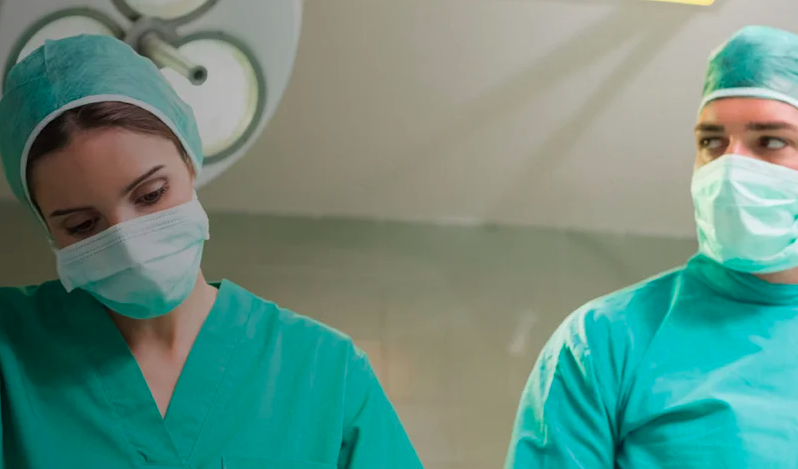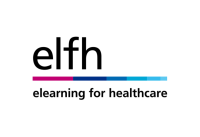Anaesthesia Fundamentals | Physiology | Transfusion Physiology 1



Transfusion Physiology 1
Session overview
Description
This session covers the immunology of transfusion, focusing on the most clinically-significant red blood cell antigen systems, ABO and Rhesus. Affiliated antibody systems and compatibility between individuals with these blood groups will also be described.
Learning objectives
By the end of this session you will be able to:
- Outline the preparation of blood products for transfusion
- Describe the major blood groups in humans and understand their clinical significance
- Identify the principles of compatibility matching of transfused blood
Prerequisites
Before commencing this session you should:
- Revise your understanding of the function of blood in the body
- Revise your understanding of immune response and antibody-antigen interactions
The word transfusion comes from the Latin, trans 'across' and fundere 'to pour'. In 1900 in Vienna, Dr Karl Landsteiner first described the ABO grouping of blood. He was later awarded the Nobel prize for medicine in 1930 for this discovery. The identification of ABO blood groups was a vital step towards the development of safe blood transfusion.
A blood transfusion is indicated for the replacement of depleted blood products which, if left untreated, would contribute toward significant morbidity or mortality, and could not be corrected by other means.
Blood transfusion is a potentially life-saving procedure.
Safe transfusion requires compatibility between the blood product and the recipient. The basis of blood compatibility is outlined in this session.
- Step to Work | Systems that shape everyday practic...
- Posted By eIntegrity Healthcare e-Learning
- Posted Date: 2024-12-23
- Location:Online
- This session looks at how the everyday practice of allied health professionals is part of, and shaped by, complex systems.
- Step to Work | Sustaining change and learning
- Posted By eIntegrity Healthcare e-Learning
- Posted Date: 2024-12-23
- Location:Online
- In this session, we will help you begin to draw together some of your reflections and learning from the Step to Work programme. We will be drawing on some ideas from positive psychology to help you do this.
- Step to Work | Positive appraisal of learning duri...
- Posted By eIntegrity Healthcare e-Learning
- Posted Date: 2024-12-23
- Location:Online
- This session focuses on appraising your experiences in service settings to help you surface and understand the thoughts and feelings1 about difficult and challenging situations you have experienced. It will also help you to better appreciate your own stre
- Step to Work | Personal wellbeing at work
- Posted By eIntegrity Healthcare e-Learning
- Posted Date: 2024-12-23
- Location:Online
- This session explores how we can use self-care practices to help overcome the negative impacts that challenging days at work have on us and promote health and wellbeing.
- Step to Work | Introduction to the sessions in the...
- Posted By eIntegrity Healthcare e-Learning
- Posted Date: 2024-12-23
- Location:Online
- Introdcution to the sessions in the Step to Work programmme.
